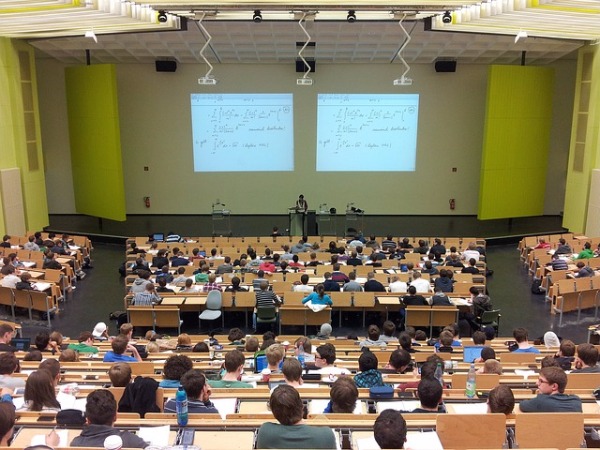The Exploitation of Adjunct Faculty

I recently read a very strong opinion piece by Kevin Birmingham on what he calls "The Great Shame of Our Profession" - how the humanities survive on the exploitation of adjunct faculty. Birmingham spoke at a ceremony last October for winning the Truman Capote Award for his book, The Most Dangerous Book: The Battle for James Joyce’s Ulysses . Though the audience expected a talk on literary criticism, what they got was criticism of another kind. Though he writes from the perspective of someone teaching in th humanities, this situation crosses over into all departments.
It is the Sisyphean plight of adjunct faculty trying to cobble together a "full time" academic career from a part time profession.
An excerpt:
"...I am one of over one million non-tenure-track instructors working on a temporary or contingent basis and whose position offers no possibility of tenure. To be contingent means not to know if you’ll be teaching next semester or if your class will be canceled days before it starts. Most adjuncts receive less than three weeks’ notice of an appointment. They rarely receive benefits and have virtually no say in university governance... Tenured faculty represent only 17 percent of college instructors. Part-time adjuncts are now the majority of the professoriate and its fastest-growing segment. From 1975 to 2011, the number of part-time adjuncts quadrupled. And the so-called part-time designation is misleading because most of them are piecing together teaching jobs at multiple institutions simultaneously. A 2014 congressional report suggests that 89 percent of adjuncts work at more than one institution; 13 percent work at four or more. The need for several appointments becomes obvious when we realize how little any one of them pays. In 2013, The Chronicle began collecting data on salary and benefits from adjuncts across the country... According to the 2014 congressional report, adjuncts’ median pay per course is $2,700. An annual report by the American Association of University Professors indicated that last year "the average part-time faculty member earned $16,718" from a single employer. Other studies have similar findings. Thirty-one percent of part-time faculty members live near or below the poverty line. Twenty-five percent receive public assistance, like Medicaid or food stamps. One English-department adjunct who responded to the survey said that she sold her plasma on Tuesdays and Thursdays to pay for her daughter’s day care. Another woman stated that she taught four classes a year for less than $10,000... Sixty-one percent of adjunct faculty are women."
 Quick follow-up to yesterday's post about non-traditional students online.
Quick follow-up to yesterday's post about non-traditional students online.